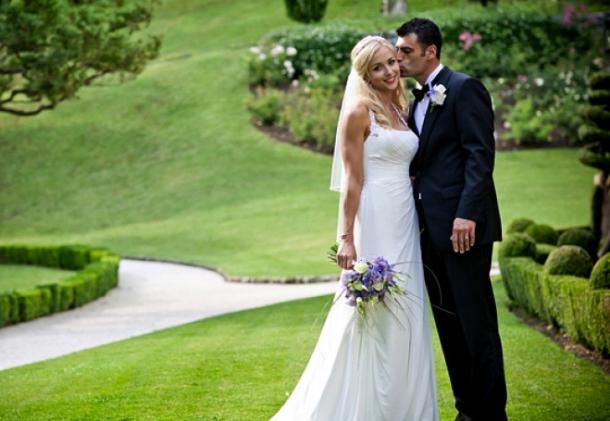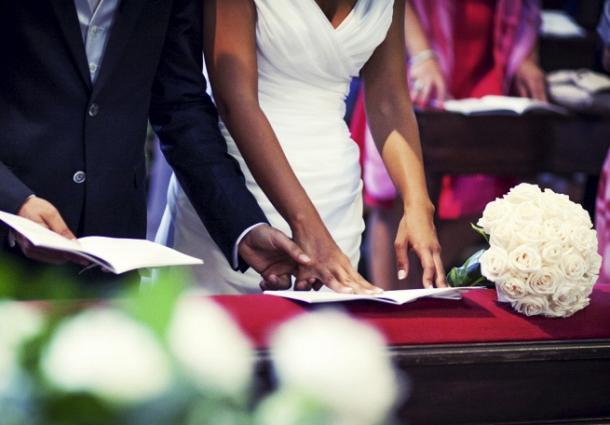Nulla Osta and Atto Notorio: The Technicalities of Marrying in Italy
So you want to get married in Italy! It’s going to be great, but if you are both US citizens, there are some technicalities you will have to take care of in order to make sure everything goes smoothly.

First, before leaving the US you need to get an Atto Notorio. You can get this from the Italian Consulate located nearest to your current residence. You will also need an affidavit called a Nulla Osta, which you can fill out at home, but must not sign until you are in Italy and physically present before a Consul at the Consular Section of the American Embassy in the Italian city where you will marry. The Nulla Osta is a document declaring that you are free from any impediment to marry (by impediment they mean something like being already married to someone else). All EU countries require this kind of declaration before marriage.
Once you have the signed Nulla Osta in hand, you then must buy a tax stamp, called a marca da bollo in Italian, at any local tobacco shop. Then you must take the Nulla Osta with the stamp to the office of the Prefettura in Italy to have it legalized. They can tell you at the Consular Section, before you leave, where this Prefettura office is for the Italian city you are in. The only exception is for people getting married in the Vatican in Rome. If this is the case, you still must have the Nulla Osta, but you do not have to go the Prefettura to get it legalized, as the Vatican is officially a separate state and has different requirements.
Which brings us to the next point. Civil ceremonies and religious ceremonies require different legal processes in Italy. So, if you are getting married in a church with a Catholic priest or a clergyman of another recognized denomination doing the honors, you must give him your Nulla Osta at least 5 days before the ceremony so he can register it at the City Hall. If you are Catholic, don’t forget to also bring your baptismal and confirmation certificates.
If you are not getting married in a Catholic church, or if you are having a civil ceremony (non-religious), then you must bring both your Atto Notorio and your legalized Nulla Osta to the Marriage Office (Ufficio Matrimoni) before the wedding, and there you will be given an appointment for making a Declaration of the Intent to Marry (Promessa di Matrimonio) along with an appointment for the actual civil ceremony, often scheduled on the same day. It is highly recommended you bring someone with you to the Marriage Office who speaks Italian if you are not fluent.

At the beginning of the civil ceremony, you must apply for a marriage certificate (Certificato di Matrimonio), which will then be given to you at the end of the ceremony. You must have at least two witnesses and a translator for the ceremony to be carried out. Once you have the marriage certificate, go back to the Prefettura and ask for an Apostille to be attached to the certificate to render it legal for all purposes once back in the US.
Be sure to bring all the following documents with you through all of these steps: a valid US passport, a birth certificate, and evidence of the termination of any previous marriage, whether by death or divorce. All of these documents must be legalized for use in Italy and translated into Italian. This should be done not more than six months before the actual ceremony, as they generally are considered expired after that time. If you are working with a wedding planner based in Italy, which we recommend doing, you can request they help guide you in this process.
Related news stories:
- Perfect Italian Wedding Gifts: Five Iconic Designs from Alessi
- “I Do” Italian Style: The Best Wedding Dresses
- Confetti & Bomboniere: The Quintessential Italian Wedding Favors
- Perfect Pairings: Italian Wines for a Wedding Menu
- Pizzelle: The Best Italian Wedding Cookies
- Italian Wedding Cake: Tall Towers, Light Layers, Classic White…
